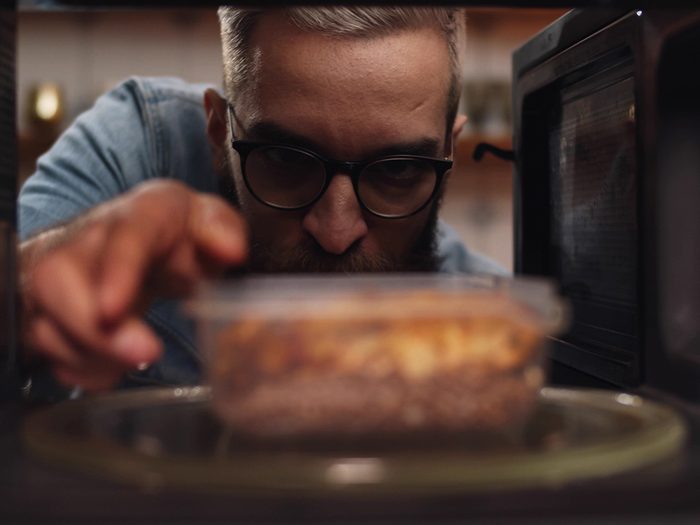
You’re using square dishes in the microwave
Container shape is key when it comes to reheating food. Rectangular ones usually attract more energy to their corners than to other areas, leaving the food in those spots overcooked. A round container, on the other hand, allows leftovers to reheat more uniformly. And don’t add seasonings until you’re done nuking the meal. Microwave energy is drawn to salt, so a seasoned top will collect heat and leave the outer layer of your food dry. If you’d rather add salt first, mix it in thoroughly.
Find out more microwave tricks every cook should know.
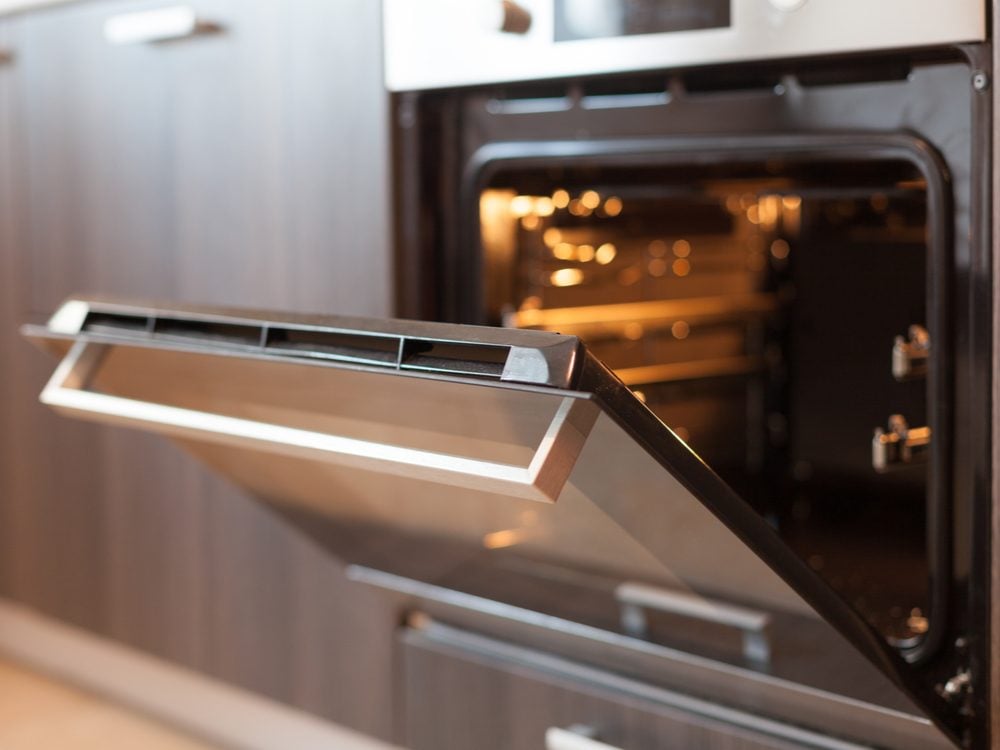
You keep the oven door closed when broiling
Keeping the door of your oven closed allows heat and steam to build up, which is ideal for baking—but not for broiling. Leaving the door open to vent the steam helps broiled food develop the crustiness you’re going for; the escape of hot air also means you’ll mostly be cooking the top of the dish rather than baking (or overbaking) the whole thing. Check your oven’s manual first, though. Some ovens are designed for open-door broil, but escaped heat could damage the knobs on others.
Discover a genius trick that’ll help clean the glass inside your oven door.
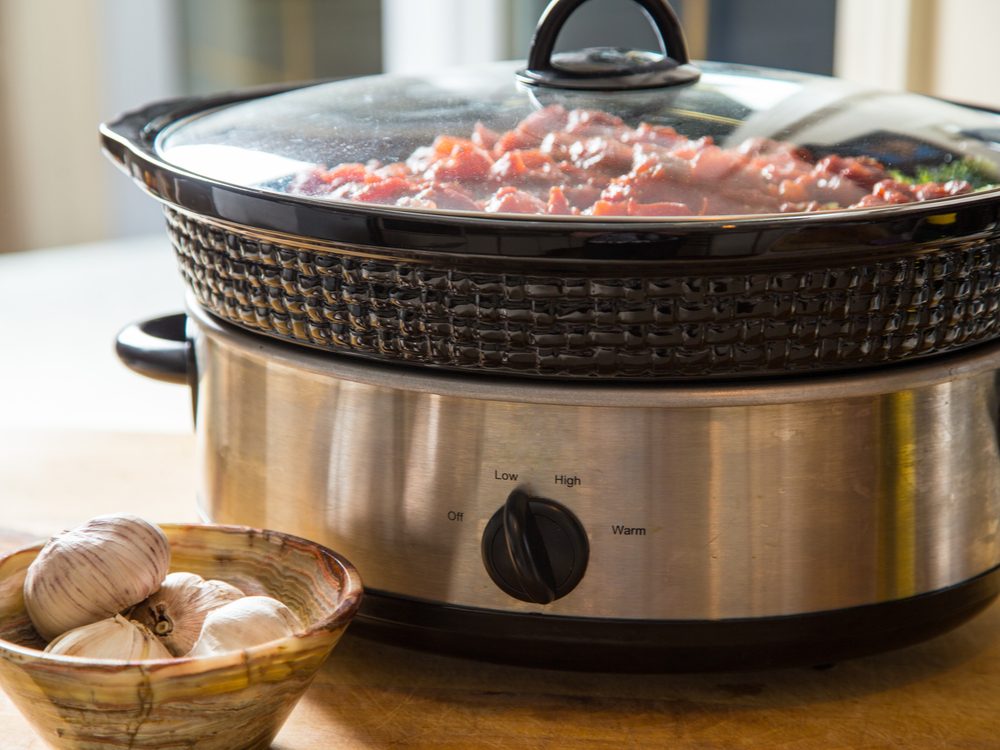
You lift the lid of the slow cooker
The trick here is to make sure the heat is truly trapped so it cooks the food unabated over several hours. Resist the temptation to take a quick look or give it a stir until there’s less than an hour to go—opening the lid lets the heat out and could mean your dish won’t be done when you’d planned. As long as your pot is between half and three-quarters full, the contents will finish cooking just fine.
Going “low and slow” can make for some truly delicious meals, but make sure you never put these foods in your slow cooker.
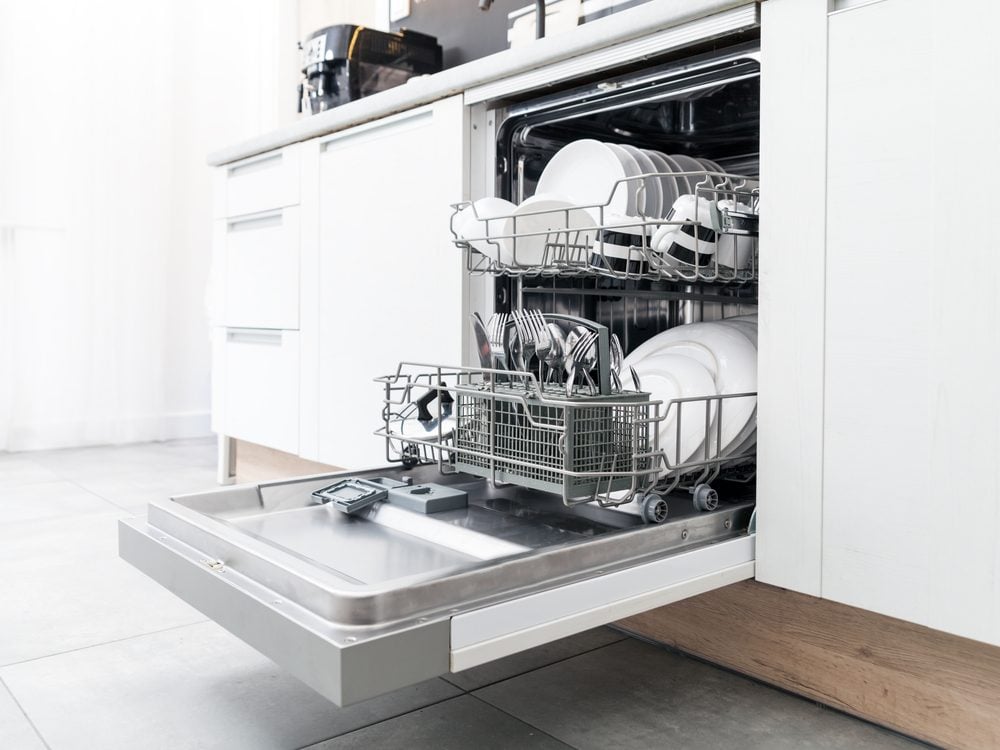
You’re loading the dishwasher inefficiently
There really is a science to stacking. A 2014 British study found that the middle portion of the dishwasher racks, directly above the rotating arms, gets the strongest spray of water. That’s best for dishes with starchy stains, such as potato remnants, which rely more on the force of water than on chemical detergent to get clean. On the other hand, dishes soiled with protein residue, such as egg, don’t need as much pressure. Keep them at the edges of the rack; the slower spray keeps the soap there longer.
Find out the best way to arrange utensils in the dishwasher.
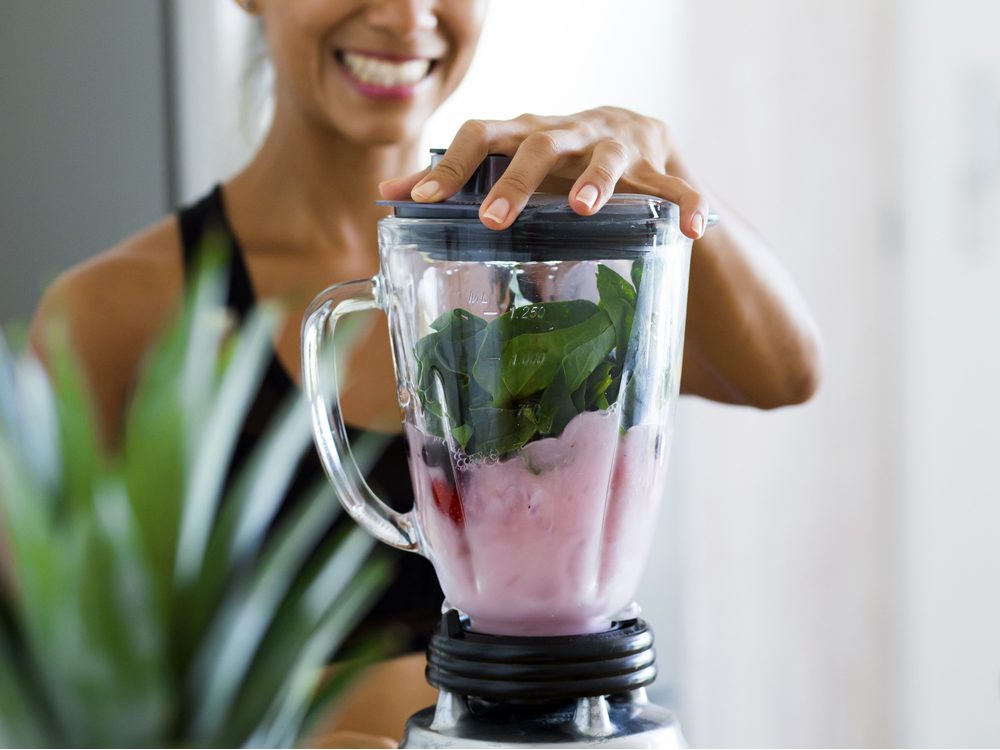
You add ingredients to your blender in the wrong order
When your blender stalls every few seconds, there’s a reason: the placement of your ingredients. Start with the liquid base (or yogurt, for a smoothie), then layer ingredients from smallest to largest, making sure to keep ice and other tough pieces at the top. That way, the blades should run smoothly through the liquid while the hard ingredients get incorporated gradually.
Discover 25 cooking mistakes that are ruining your food.
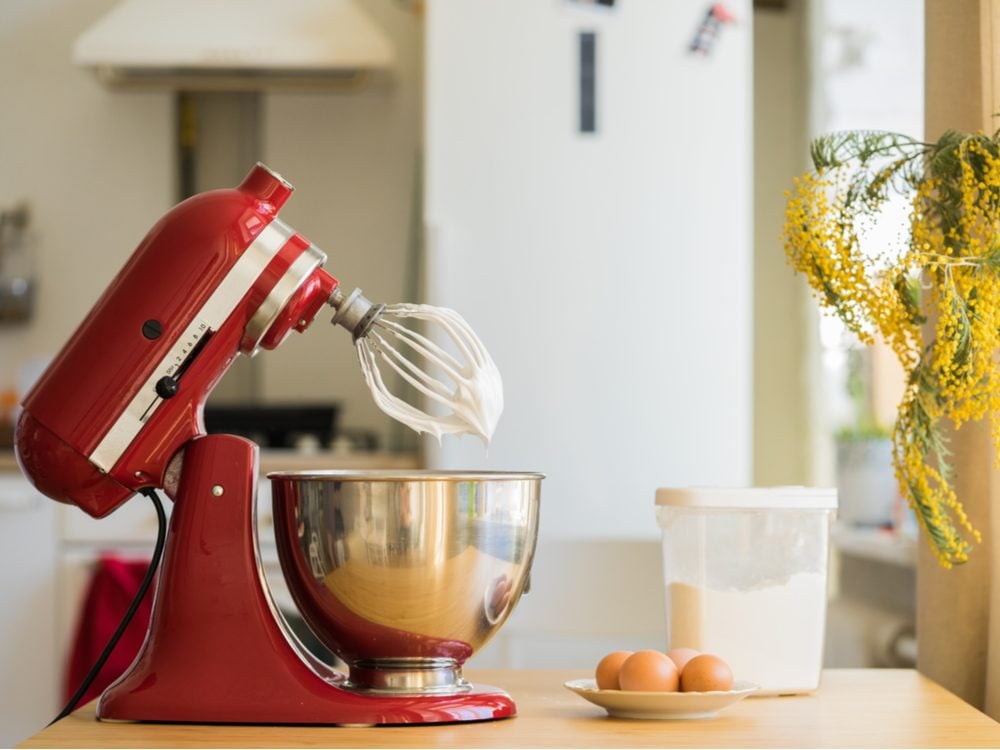
You’re not adjusting the height of your mixer
The beaters in a stand mixer can become misaligned with the bowl over time. There should be as little space as possible between the beaters and the bowl—just enough to reach all the ingredients without hitting and scratching the sides. To fix most units, first locate the adjustment screw on the neck by lifting the head or lowering the bowl. Then turn the screw to the left to raise the beater or to the right to lower it. Consult your mixer’s manual to find more detailed directions.
Next, check out 40 of our best-ever kitchen hacks.